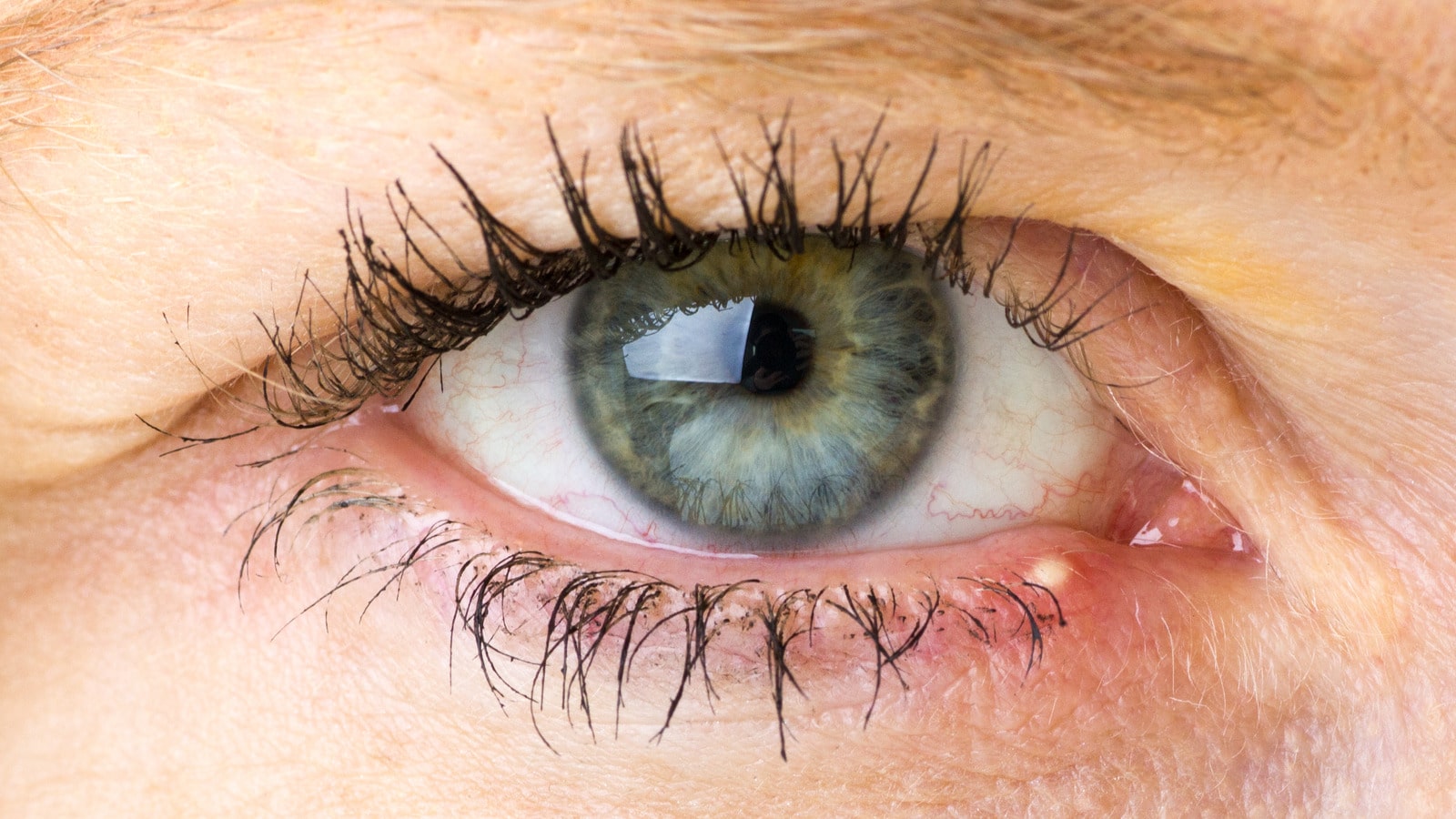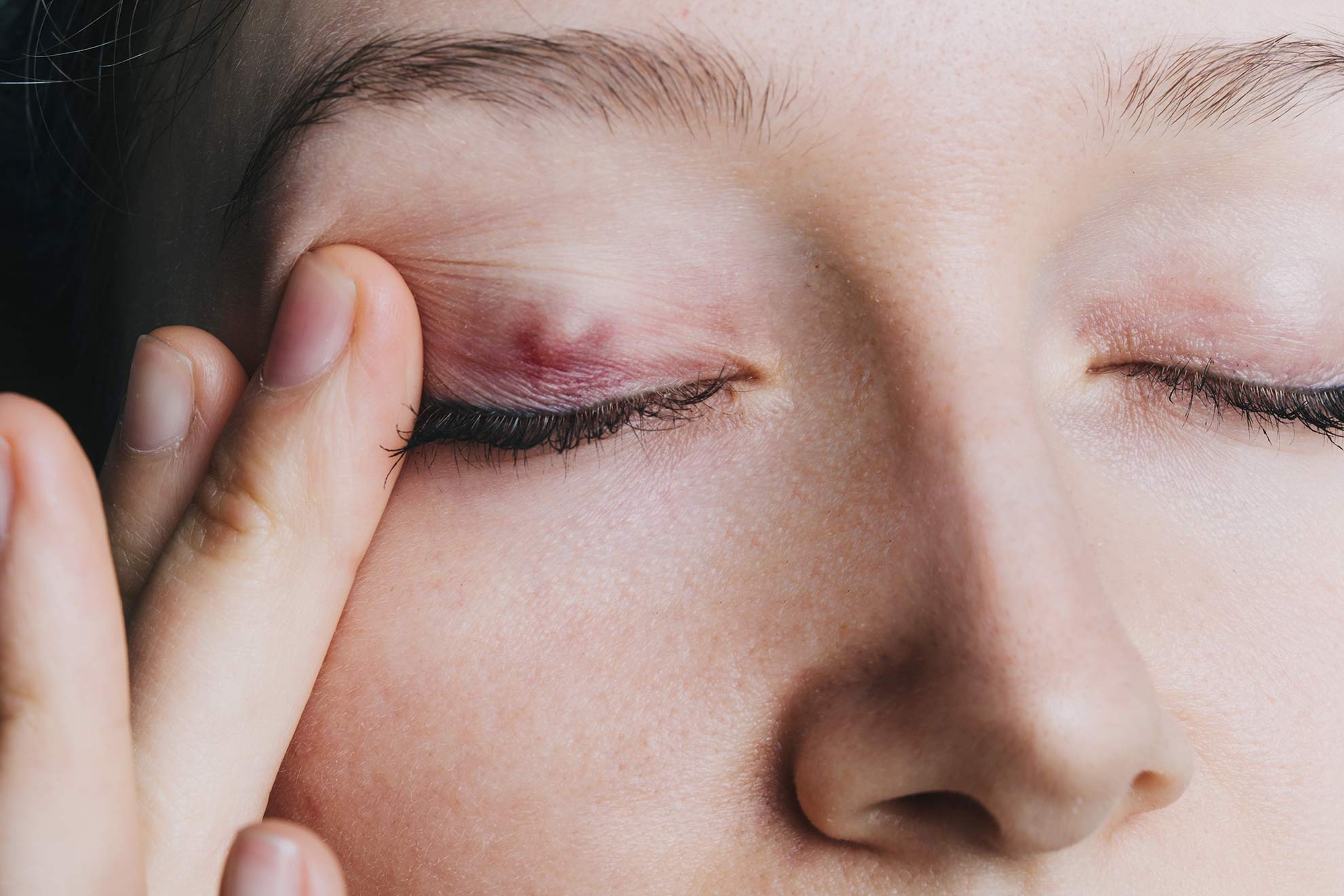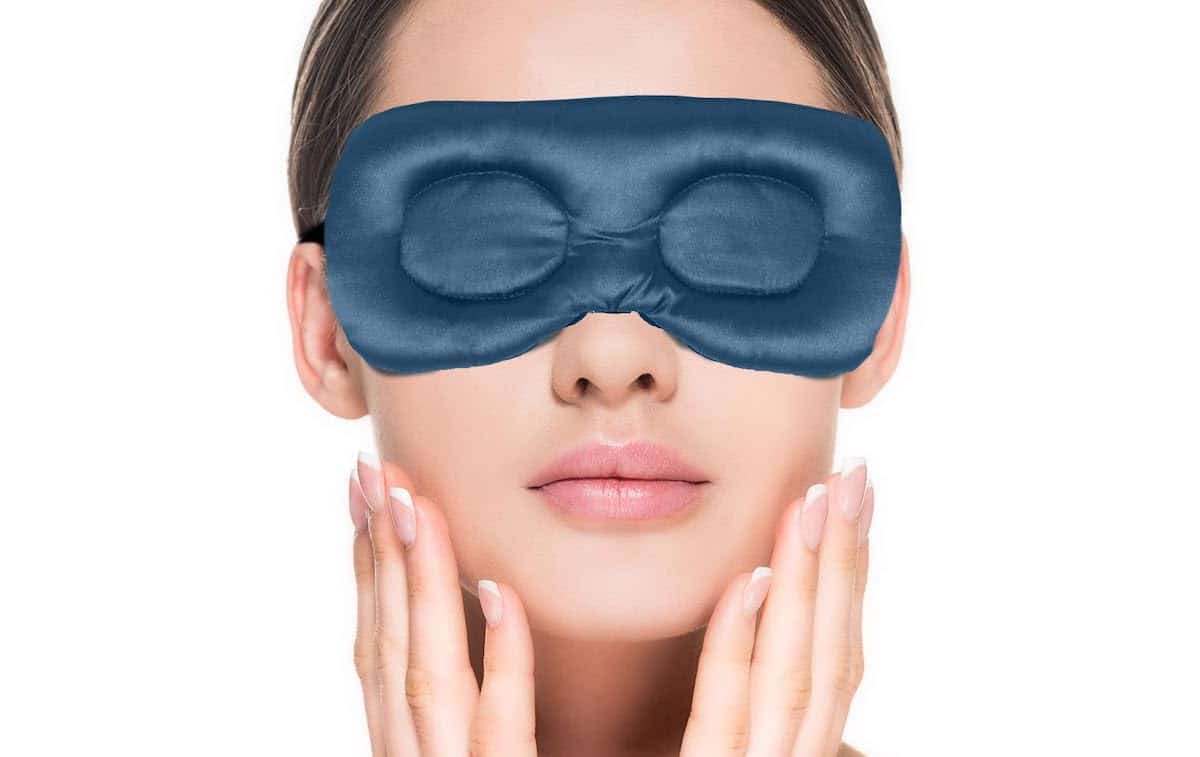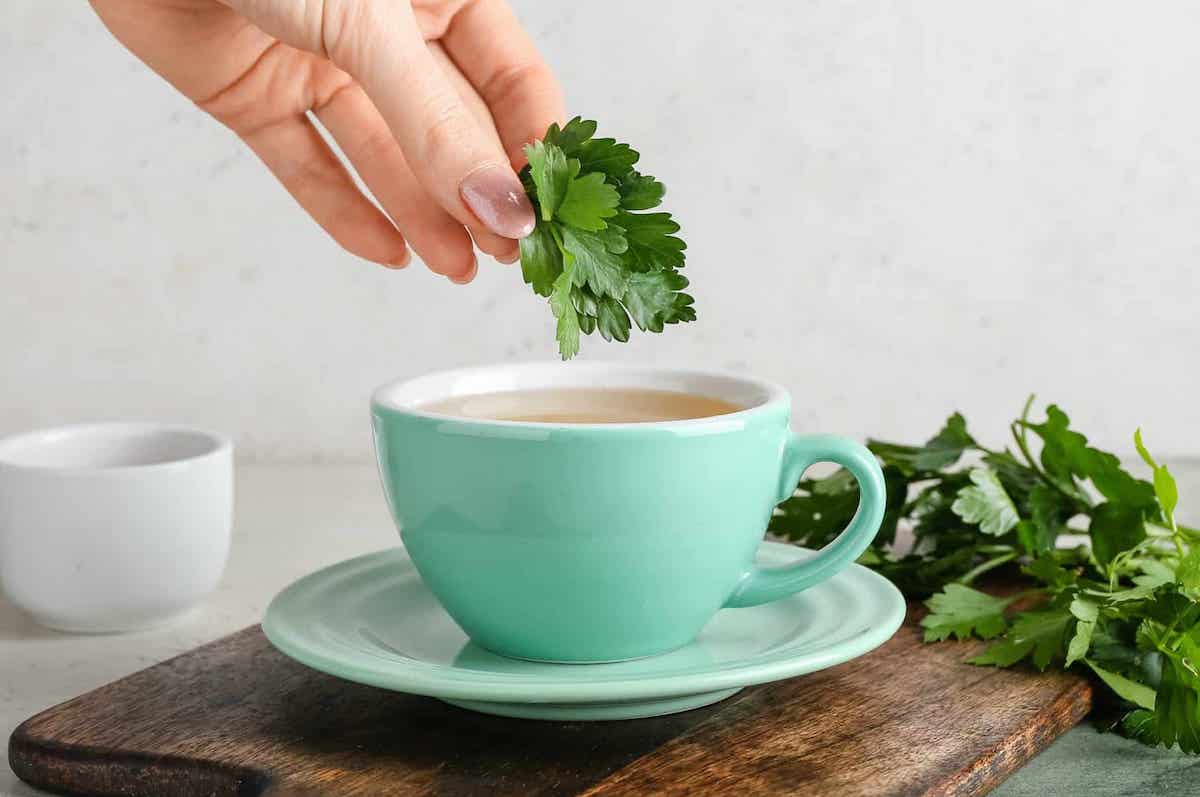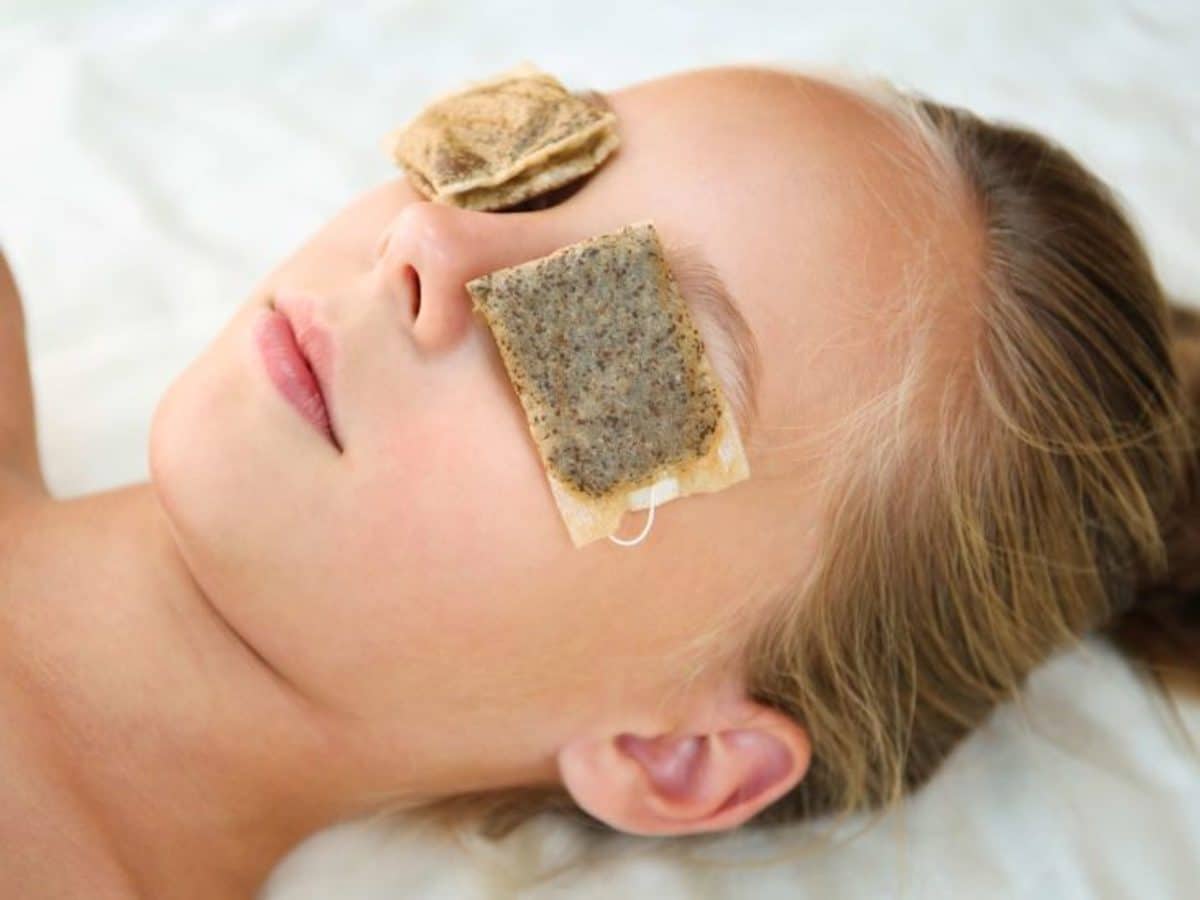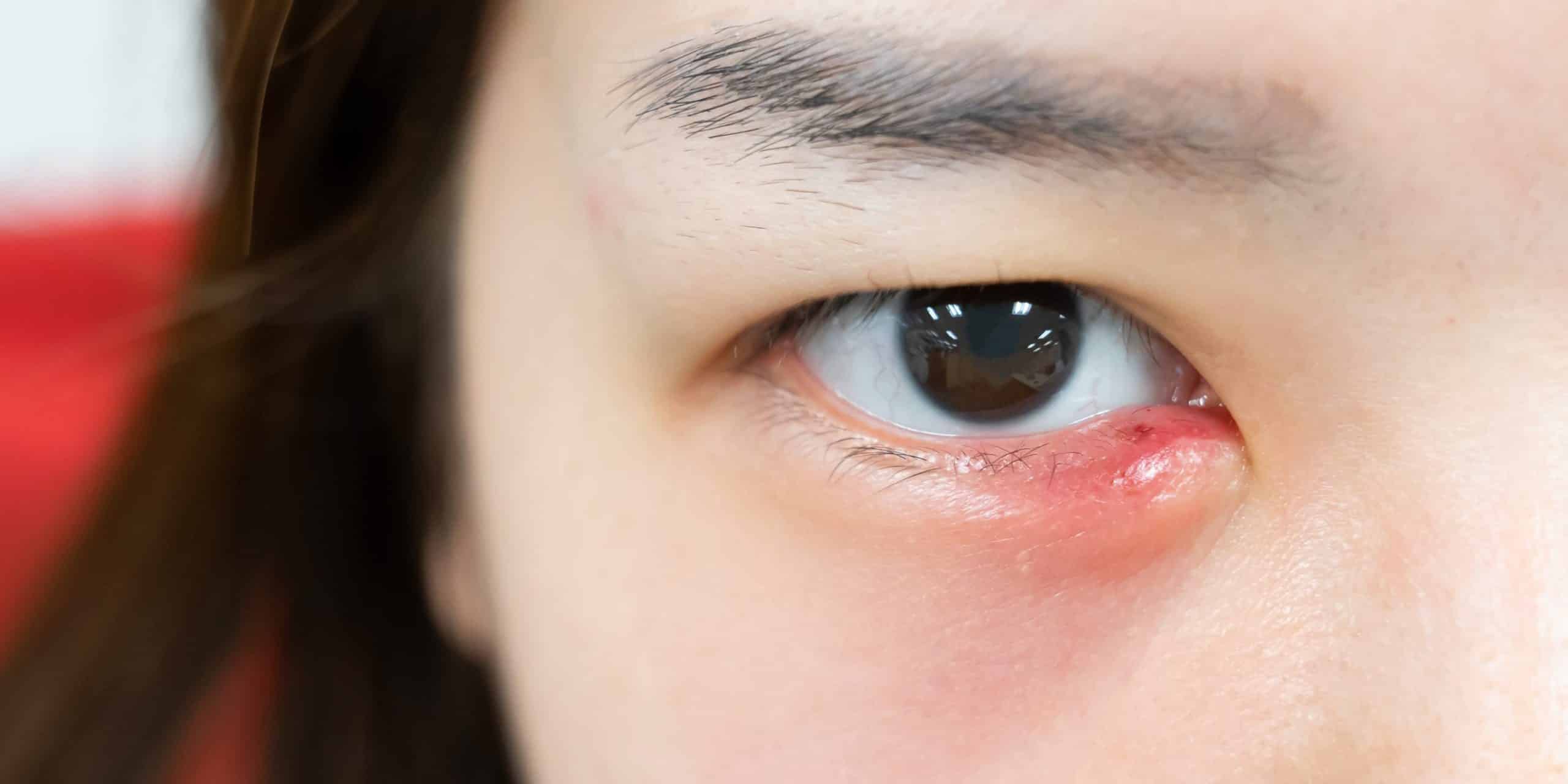
A stye is a eye condition common that can cause discomfort and pain in the eyelid. Although it is generally not serious, understanding what a stye is and what causes it is essential for its prevention and proper treatment.
A stye, also known as a "chalazion" when chronic, is a acute inflammation of the sebaceous glands or glands of Zeis at the base of the hair follicles on the eyelids. These glands are responsible for producing oil necessary to lubricate the eye, and when they become blocked, they can lead to a stye.
Symptoms of a stye include redness, swelling, burning sensation and pain in the affected eyelid. In some cases, a small abscess at the site of inflammation.
Most common causes of styes
- Bacterial infection: The most common cause of a stye is bacterial infection, usually caused by the bacteria Staphylococcus aureus. This bacteria usually resides on the skin and can enter the sebaceous glands through small abrasions or irritations on the eyelid, causing inflammation.
- Obstruction of sebaceous glands: When the sebaceous glands in the eyelid become clogged, oil cannot flow properly. This may be due to a buildup of dead skin cells, old makeup, or dirt, which creates an environment conducive to bacterial growth and the formation of a stye.
- Risk factor's: Some factors can increase the risk of developing a stye. These include poor hygiene in the eye area, stress, using expired or poor-quality cosmetics, and frequent contact with people who have styes.
- Other eye conditions: People who suffer from eye diseases or conditions, such as blepharitis (chronic inflammation of the eyelids) or acne rosacea, are more likely to develop styes due to chronic inflammation in the eye area.
Symptoms of the appearance of the stye
Complications are not common, however, stye can lead to infection, or irritation in the cornea or deformity in the eyelid.
- Redness of the eyelashes.
- Sensitivity to light.
- Excessive blinking.
- Blurry vision.
- Feeling of a droopy eyelid.
- Lachrymation
Treatment against styes
It is very important that when a stye appears we do not touch it too much, or manipulate it nor do we exploit it. The bacteria could spread into the eye and it could lead to other styes.
Apply hot packs on the affected area several times a day can help relieve symptoms and promote the rupture of the stye. Its use can reduce inflammation and calm eyelid irritation.
Keep a good eye hygiene, Avoiding touching the affected area with dirty hands is essential.
In more severe cases, an ophthalmologist may prescribe topical or oral antibiotics to treat infection.
Sometimes a doctor can drain the stye in an outpatient procedure to relieve pain and inflammation.
Styes do not affect the vision of the eye or pose a health risk. They last about a weekDepending on the size or level of infection, sometimes the body neutralizes the bacteria and kills it, and other times it is the same organism that causes it to break down naturally without causing any harm.
Avoid rubbing or touching the stye, as this can make the irritation worse. Besides, don't wear makeup in the eyes until the stye has completely healed.
Other natural remedies to treat stye
Parsley infusion
Parsley has anti-inflammatory and soothing properties, reduces the size of the eyelid and will control irritation. Parsley purifies the outer area of the eyes and cleans the substances adhered to the eyelid.
Chamomile infusion
Chamomile has anti-inflammatory properties, they help heal styes quickly. To do this, we boil the tea bags and once tempered, we place them in the affected eye to act for 15 minutes a day, two or three times a day to reduce inflammation.
Aloe vera
The gel of the aloe vera plant contains prodigious crystals that help restore normality to the eyelid. This plant is a good antibacterial and moisturizing, is applied externally and fights infection.
A massage with Aloe Vera for 5 minutes It is more than enough to achieve its properties and benefits.
Remember that the persistence of a stye or the appearance of serious symptoms, such as blurred vision, fever or a recurrent stye, should be evaluated by a health professional. Natural remedies can be a useful supplement, but should not replace medical care when necessary.
